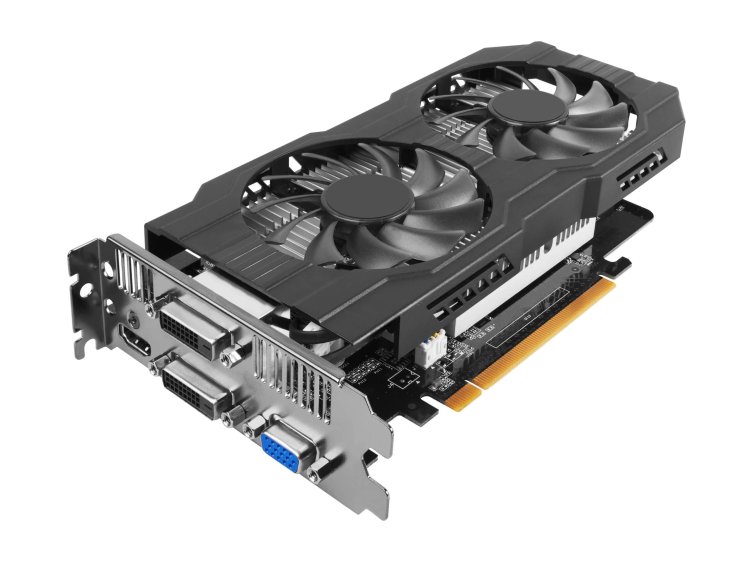What are the TGP and TBP of a graphics card?

You're sure, you're going to get a new graphics card, but while researching different models, you come across references to TGP and TBP. Nothing, there is no sign of the classic TDP value, and you end yourself disoriented.
Don't worry, this is normal because both values are relatively new.
The conventional TDP has long been used as a reference to analyze the estimated consumption of a component, but it is not a value that precisely shows the actual consumption of a component.
When we talk about TDP, we're referring to a component's thermal design or the cooling requirements of that component in relation to the energy consumption it has in a given condition.
Thus, a processor with a TDP of 125 watts will require a particular cooling system capable of covering that minimum, but its real consumption may be substantially greater, because that amount only corresponds to the PL1 condition, that is, when turbo mode is not in use.
When the processor enters PL2 mode and turbo mode is enabled, its consumption easily doubles. That is why it is critical to be cautious with the TDP number and to interpret it accurately.
What are they and why have NVIDIA and AMD abandoned the TDP in their graphics cards?
We could conclude, based on what we have seen while discussing the TDP applied to CPUs, that the main reason was the confusion that generated said figure, and we would not be mistaken. However, this issue extends beyond the distinction between consumption on paper and consumption in reality.
A graphics card is not a CPU; it has several aspects that consume energy, and when discussing TDP, just the value of the GPU was mentioned, which is obviously highly wrong because it does not reflect realistic data, and this can end up being counterproductive for the consumer.
Because both the GPU and the graphics RAM, as well as the power system itself, known as VRM, consume energy on a graphics card, we must add them together to get a fair value of the real consumption of this component. Taking simply the GPU's consumption into account would result in unbalanced figures.
As a result, NVIDIA and AMD began to create the terms TGP and TBP, which stand for "total graphics power" (total consumption of the graphics card) and "typical board power," respectively (typical consumption of the board).
The first represents the true consumption of a graphics card, as it includes the consumption of graphics RAM and other components in addition to the consumption of the GPU. A GeForce RTX 2080, for example, would have a TDP of 148 watts but a TGP of 215 watts.
AMD, on the other hand, employs the TBP, which likewise aggregates the global consumption of all the essential components of a graphics card and reflects the usual consumption of this under intensive use.
Thus, the Radeon RX 6700 XT has a TBP of 230 watts, and our investigation confirmed that it maintained an average consumption of 221 watts despite registering a temporary maximum peak of more than 300 watts.
Using the same example, we can observe that the GeForce RTX 3080 Ti, which has a TGP of 350 watts, stays in the 330-349 watt range when gaming. This demonstrates that we are talking about real numbers when we talk about TGP and TBP, which is why both NVIDIA and AMD have chosen those values over TDP because they are the best for the consumer.
When you go to get a new graphics card and discover that its TGP and TBP numbers are 200 watts, depending on whether you choose NVIDIA or AMD, you will know that this is the normal consumption it will have in games.
This will allow you to know from the start whether your staff is capable of handling it or if you will require a new power supply. However, don't overlook the amperage on the 12V rail.





























